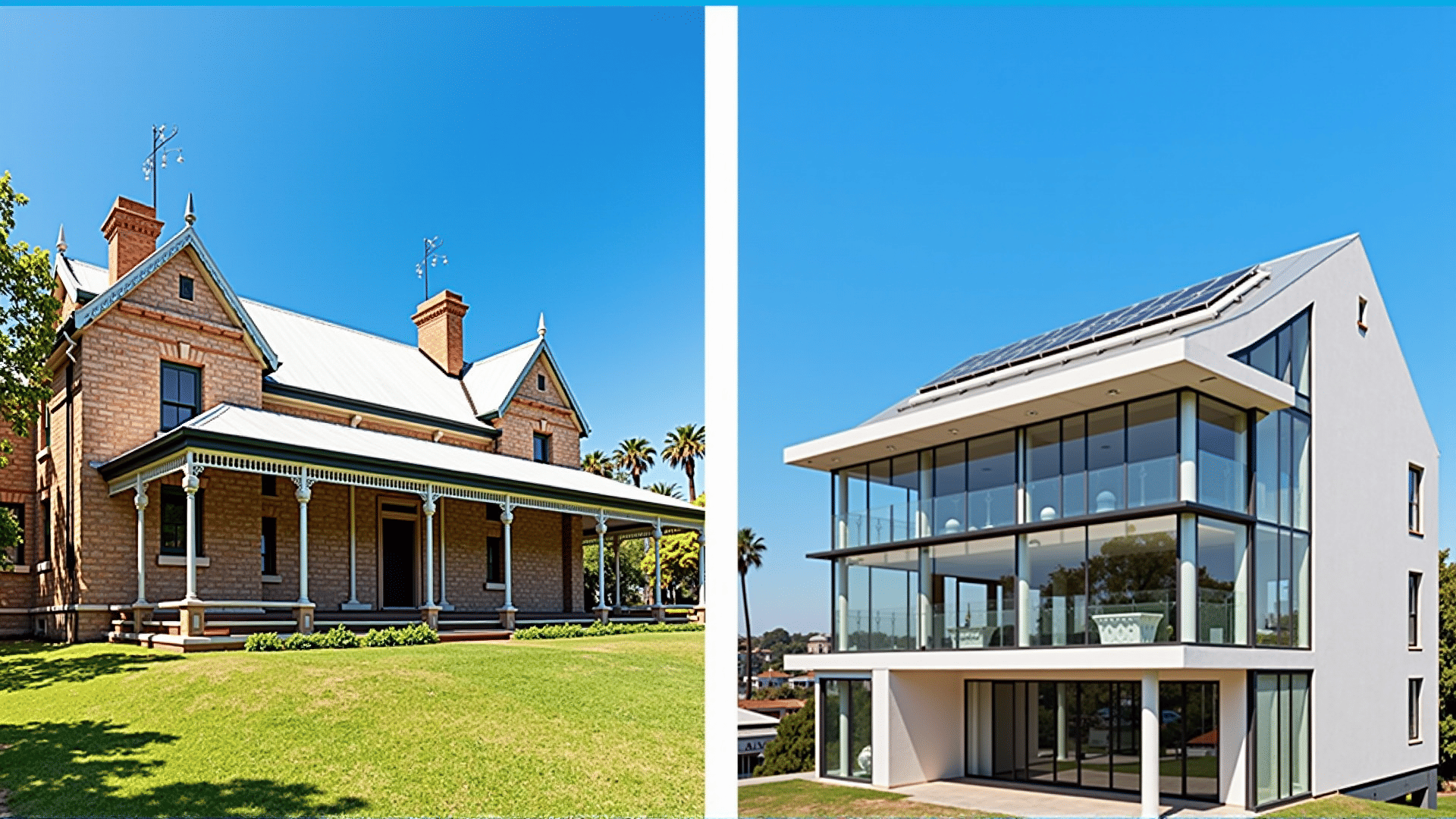The architectural landscape of Australia is as diverse and dynamic as its cultural heritage, showcasing a unique blend of influences that have evolved over time. From the indigenous structures that reflect deep-rooted connections to the land, to the contemporary styles that embrace global trends, Australian architecture offers a fascinating journey through history.
The timeline of architectural development in Australia begins with the structures of Indigenous Australians, whose use of natural materials and intimate knowledge of the environment created dwellings perfectly suited to their surroundings. For thousands of years, they constructed shelters with materials such as bark, leaves, and branches, designed to be temporary and easily moveable, reflecting their nomadic lifestyle.
With the arrival of European settlers in the late 18th century, architectural styles saw a dramatic shift. Early colonial structures were predominantly utilitarian, focusing on functionality using locally available materials like sandstone, brick, and wood. Georgian architecture gained popularity during this period, characterized by its symmetry, proportion, and simplicity, as seen in many public buildings and homes of the era.
As the 19th century progressed, the Victorian era left its mark on Australian cities, introducing more ornate and decorative styles. Terraced houses and grand public buildings, with intricate ironwork, decorative facades, and bay windows, became prevalent. This period also saw the introduction of Gothic Revival architecture, with churches and educational institutions adopting pointed arches, intricate stonework, and stained glass.
The late 19th and early 20th centuries introduced the Federation style, a distinctly Australian interpretation of the Arts and Crafts movement, reflecting a sense of national identity. Federation architecture incorporated features like red brick, terracotta tiles, verandas, and decorative timberwork, blending British influences with Australian vernacular elements.
The interwar period brought about further change, as modernist designs began to take hold. Architects like Walter Burley Griffin and Harry Seidler introduced new ideas, emphasizing simplicity, functionality, and open spaces with the use of reinforced concrete and steel. The Queenslander style also emerged during this time, designed to suit the tropical climate with features like elevated floors and wide verandas to encourage airflow.
In the contemporary era, Australian architecture reflects a blend of sustainability, technology, and aesthetic innovation. Modern designs emphasize energy efficiency, natural lighting, and integration with the environment, driven by a growing awareness of climate change. The Sydney Opera House, designed by Jørn Utzon, stands as an iconic symbol of this era, celebrated for its innovative use of space and its sculptural form.
Today, architects continue to draw inspiration from the diverse cultural tapestry of Australia, merging traditional elements with cutting-edge technology. The use of sustainable materials, renewable energy sources, and smart technology has become a hallmark of contemporary Australian design. This commitment to eco-friendly practices ensures that the evolution of architecture in Australia is not only a reflection of the past but also a responsible investment in the future.
